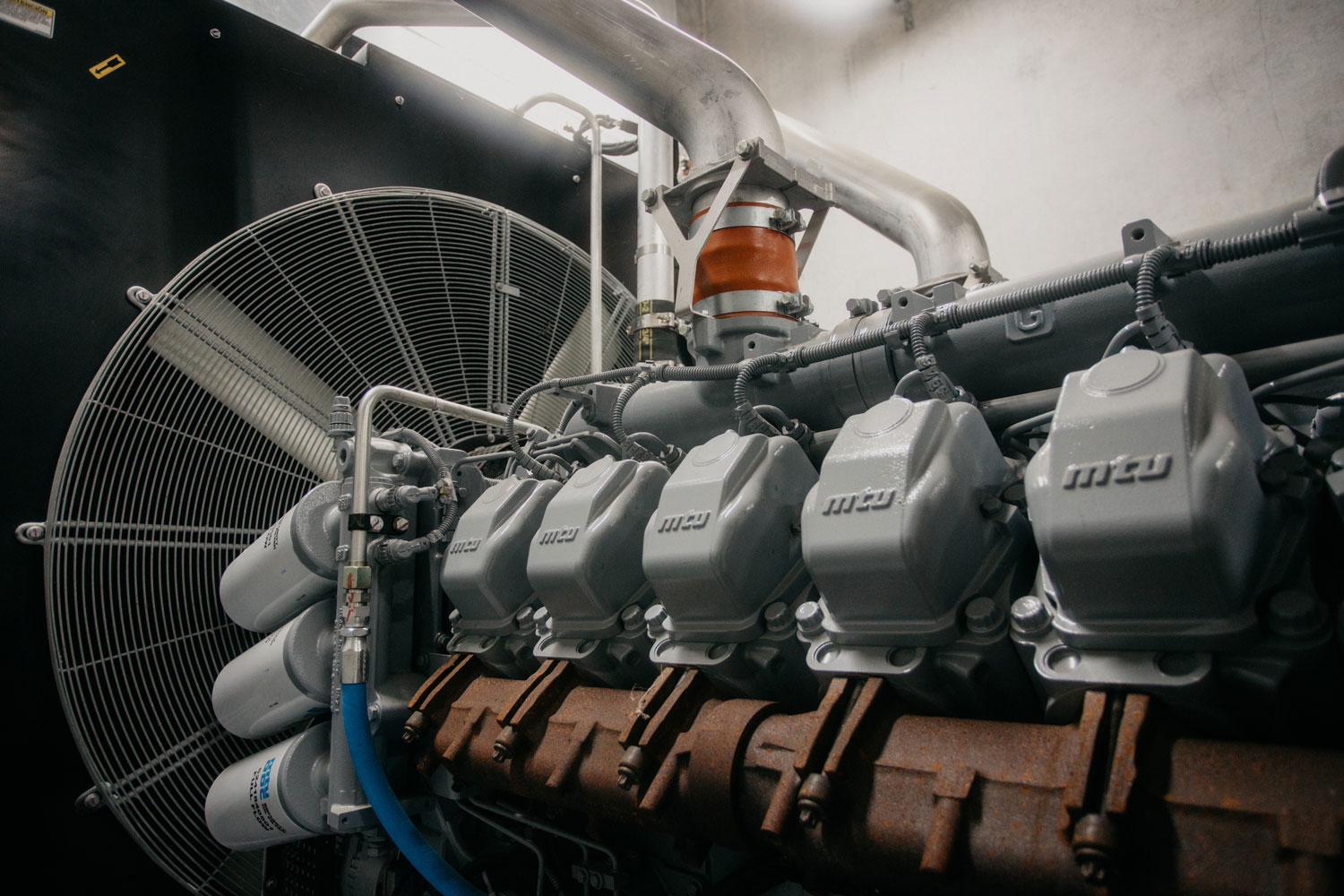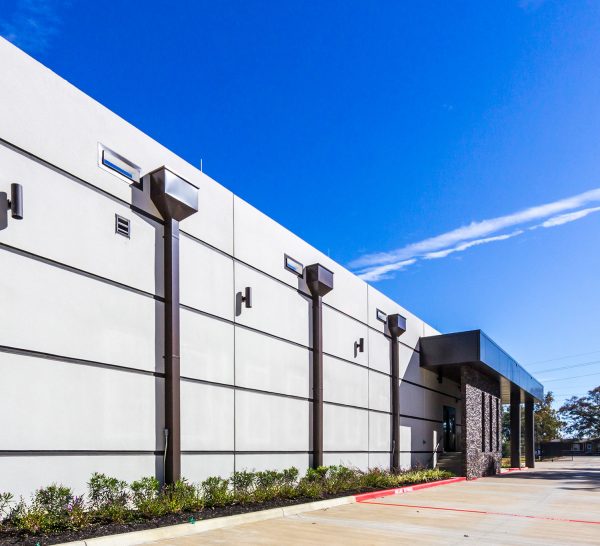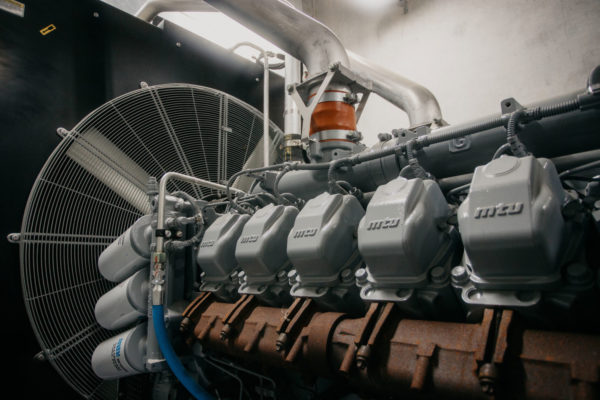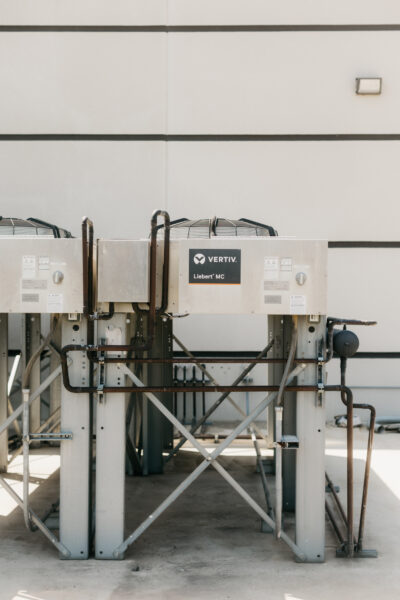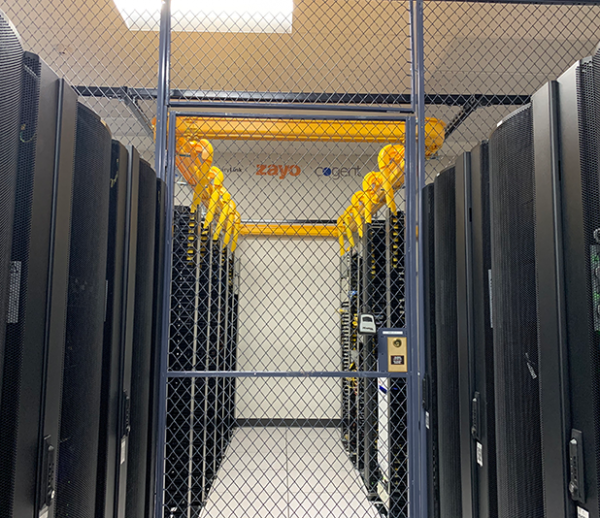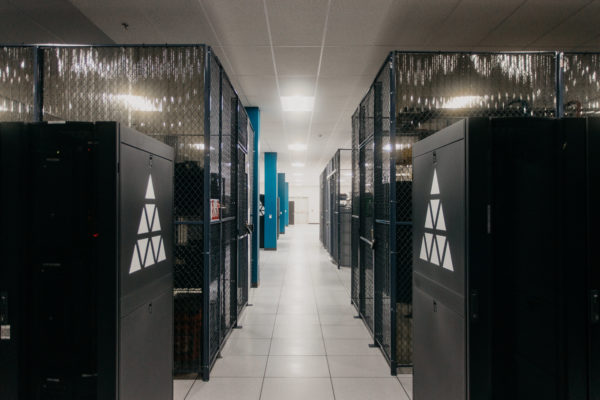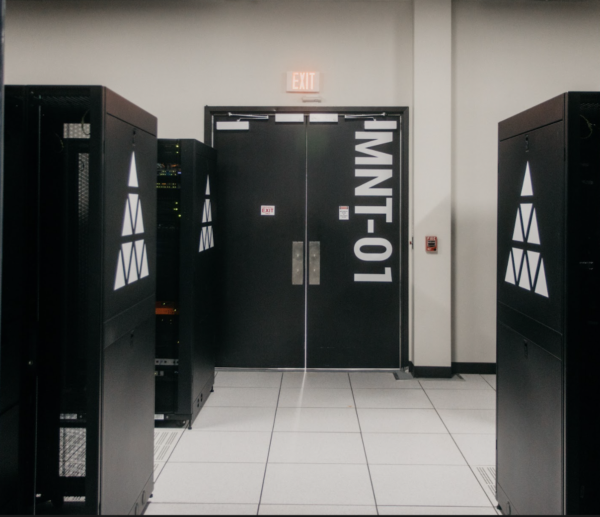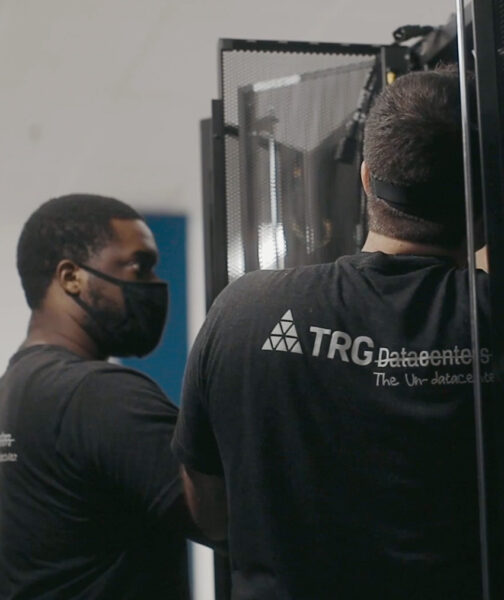Whether you’re thinking about moving to a new data center, or you’re questioning whether or not to move away from your current in-house setup, you’ll likely already have a good idea of what you’re looking for.
One key requirement we often hear companies asking for is fault tolerance. If downtime is a concern for you, then this should certainly feature highly on your list of priorities. But did you know that high availability can provide a similar level of service?
Why not take a moment to learn more about what terms like high availability and fault tolerance mean and how these options might affect the service you’re able to provide to your own customers?
In this article, we’ll explain everything you need to know about fault tolerance and high availability so you can make the best decision for your business.
What is Fault Tolerance?
Fault tolerance is a hugely attractive offer in any data center. In short, it means that a data center will never come up against issues that would result in service interruption, and therefore, businesses will never be held back by problems relating to their chosen data center.
Fault tolerance is enormously important for companies that rely on their online services to connect with customers and fulfill their obligations. But, of course, like all good things, it comes at a price.
We have more information on what makes a data center fault tolerant, but to summarise, fault-tolerant data centers are specially designed to ensure no single point of failure.
Redundancy plays a big role in this, but redundant components must be on standby at all times and must be paid for whether they’re ever needed. This is why colocation data centers, like TRG’s, are so attractive.
These facilities are built with fault tolerance in mind to mitigate the risks of downtime without users having to pay as much as they would for their own data centers.
The changeover to new components is seamless when fault-tolerant hardware is used to its full advantage. So, if your company prides itself on never letting customers down, this could well be the best option for you.
But bear in mind that if you can tolerate a small amount of downtime, you could be in the position to reduce your data center budget quite considerably.
What is High Availability?
The term high availability also refers to reducing downtime through a carefully considered setup. High availability prioritizes the most important services to cut the risk of the most damaging interruptions, using shared resources to minimize downtime without escalating costs.
If a system, component, or application encounters problems in a high-availability setup, software and hardware are used to bring services back to life in what the system determines to be the quickest and most effective way.
High availability doesn’t usually result in instant recovery like fault tolerance would, but downtime is commonly reduced to under a minute. Backup processors can also usually be used during these periods.
For some companies, this is a good option, given that more essential services tend to be best protected. It offers the best of both worlds: minimal service interruption and more affordable pricing.
Which is Best: High Availability or Fault Tolerance?
We’re always asked whether fault tolerance is worth the investment or whether high availability is just as good (and much more affordable!). Of course, the answer varies depending on your needs.
The key thing to consider is the cost of downtime for your company and how this might vary depending on when the downtime occurs.
If downtime was encountered during the busiest period for your company, what would this mean in terms of lost revenue? Think about this and weigh up how your business would cope with a limited amount of downtime over the year.
Once you’ve narrowed down the answers to these questions, you’ll know exactly how much your company should invest in minimizing interruption.
Suppose your company could manage a limited amount of downtime over the year without incurring huge costs or eye-watering amounts of lost revenue. In that case, you may well prefer to opt for a high-availability system instead.
In this case, look for high-availability data centers, and you’ll likely find a package that fits your company’s requirements.
Run the numbers, and you may find that just a small amount of downtime would devastate your company. If this is the case, then we recommend that you investigate fault tolerance in more detail.
Look into data centers built with fault tolerance in mind. These will provide your company with the most robust protection.
High Availability vs Fault Tolerance: Key Differences
High availability and fault tolerance are critical aspects of system design, aiming to ensure that services remain accessible and functional despite failures.
However, they approach this goal in different ways. Here are the primary distinctions:
Objective
- High Availability (HA): The primary goal is to ensure that a system remains operational and accessible with minimal downtime. High-availability systems are designed to recover quickly from a failure, ensuring that services are available as much as possible.
- Fault Tolerance (FT): The focus is on enabling a system to continue operating without interruption, even when there are hardware or software failures. Fault tolerance involves designing systems that can operate normally in the event of a component failure.
Downtime
- HA: High availability accepts that some downtime can occur during a failure. The aim is to reduce this downtime to a very minimum, often aiming for the “five nines” (99.999% uptime) availability.
- FT: Fault tolerance aims for zero downtime, ensuring that services continue without interruption even when individual components fail.
Implementation
- HA: Implemented through redundancy of components and quick failover mechanisms. When a component fails, the system quickly switches to a backup component or system without significant downtime.
- FT: Achieved by having redundant components that can immediately take over the functions of a failed component without needing manual intervention or causing system downtime.
Cost
- HA: Generally less expensive than fault tolerance because it allows for some downtime and does not require as many redundant components to be active and running simultaneously.
- FT: More costly because it requires a more complex setup with multiple active components ready to take over instantly in case of failure, leading to higher hardware and maintenance costs.
Use Cases
- HA: Suitable for applications where brief interruptions can be tolerated, such as web services, databases, and application servers that can afford short periods of downtime for maintenance or in case of failure.
- FT: Essential for critical systems where downtime is unacceptable, including life support systems, financial trading systems, and other critical infrastructure that is changing data centers to operate without interruption.
In summary, high availability focuses on minimizing downtime and ensuring access to services as much as possible, accepting brief interruptions in service.
In contrast, fault tolerance eliminates downtime by designing systems that can operate normally even when components fail.
The choice between high availability and fault tolerance will depend on the specific requirements of the designed system, including cost, complexity, and the critical nature of its services.
Why Downtime Costs More Than You Think
According to Gartner, unplanned IT outages average around $5,600 per minute, before lost sales, customer churn and brand damage are even counted.
For high-transaction businesses that figure skyrocket, making a single hour offline more expensive than a full year of prevention.
Calculating Your Actual Downtime Threshold
• Peak-period revenue – quantify the sales flowing through your busiest hour.
• Brand exposure – weigh how public an outage would be in your market.
• Operational knock-on – factor in stalled production lines or logistics.
If a short interruption puts any of these at risk, the maths starts tilting toward fault-tolerant architecture.
Design Strategies for High Availability
High-availability builds favour rapid fail-over over complete duplication. Properly engineered redundant links keep traffic moving when a carrier drops, while orchestrated recovery, shaped by automation best practices, reboots workloads in under a minute.
Design Strategies for Fault Tolerance
Fault-tolerant environments usually start at 2N + 1 across power, cooling and network fabrics, eliminating single points of failure.
Choosing the Right Tier for Your Business
The Uptime Institute tier scheme helps frame the budget conversation: Tier III delivers concurrent maintainability, while Tier IV adds complete fault tolerance.
Testing and Validation
Quarterly fail-over exercises and annual disaster-recovery simulations, outlined in this step-by-step DR plan, prove that redundancy will function under real pressure.
Pair these with off-site backups or “warm” recovery sites, concepts compared in the guide to hot, warm and cold sites.
Explore More About High Availability vs Fault Tolerance
At TRG Datacenters, we believe that good infrastructure should be a default. Our Houston data center is designed with fault tolerance in mind, meaning our customers can rely on our service, and their customers are never aware of any downtime or service interruptions.
If you’d like to learn more about fault tolerance and its potential implications for your company, don’t hesitate to contact our team.
We’re always on hand to talk to new customers about fault tolerance and why it matters, and we’d be happy to explain it in more detail.
Give us a call to speak to a member of our team. we’d be happy to explain it in more detail.
Looking for colocation?
For an unparalleled colocation experience, trust our expert team with three generations of experience
